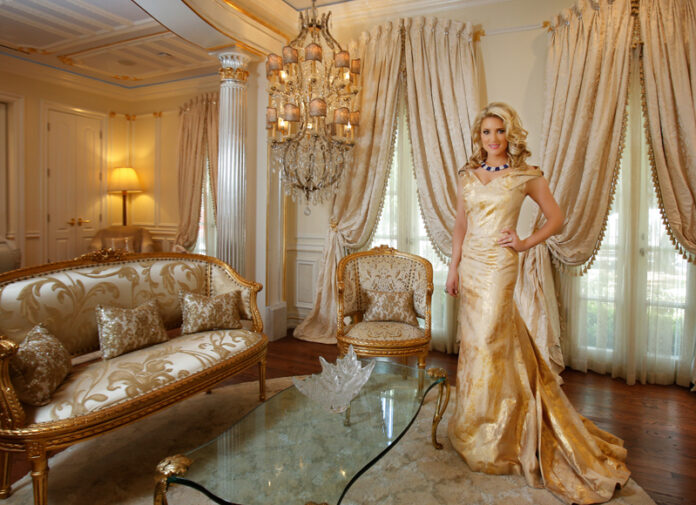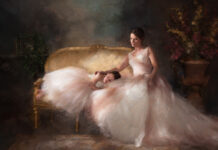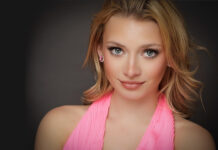By Dane Miller
There are a tremendous amount of portraits made of women every day and making your images stand out among the rest can seem like an intimidating task. Therefore, making exceptional images of women involves a deep understanding of lighting and posing the female form in a flattering way. What makes this task even more challenging is that women can be the most self-critical people you will ever photograph. In fact, most women over the age of 30 believe they are unphotogenic and, if they don’t like the way they look in a photograph, they assume it is their fault. Our job is to convince them this is not true.
My goal in creating portraits for women has always been to start with a clean palate and add lighting and backgrounds that match the mood and the personality of the subject I am trying to capture. Depending on whether or not the client follows my recommendations of what to bring or wear, I will decide if it needs to be high key or low key. Generally I prefer solid, darker backgrounds because they add a flair for drama and impact.
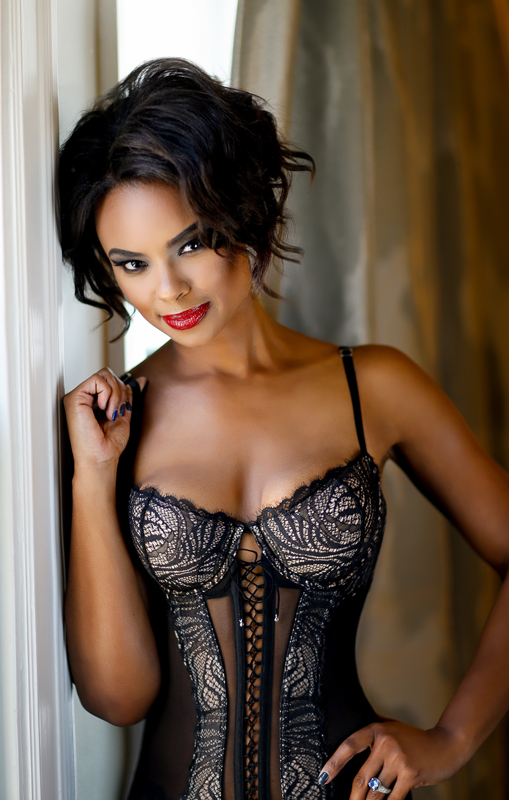 Therefore, my first decision is what color background to use and if it should be a scenic or solid color. I have several new computer printed backgrounds but I am very likely to resort to selecting from one of my Maheu canvas backdrops, each of which is hanging on a motorized system that allows me to switch them up quickly. I prefer to place women dressed all in black on a black background and the same with white clothing on a white backdrop. The contrast is then found from the hair and skin and not wardrobe. When working with black, don’t forget to add rim or back lighting for separation.
Therefore, my first decision is what color background to use and if it should be a scenic or solid color. I have several new computer printed backgrounds but I am very likely to resort to selecting from one of my Maheu canvas backdrops, each of which is hanging on a motorized system that allows me to switch them up quickly. I prefer to place women dressed all in black on a black background and the same with white clothing on a white backdrop. The contrast is then found from the hair and skin and not wardrobe. When working with black, don’t forget to add rim or back lighting for separation.
One recommendation is to use a string of pearls to bring a touch of class to the portrait. Keeping her wedding ring visual and forefront will increase the value of the image from the point of view of the husband. That is a leftover habit from my experience of shooting more than 1000 weddings.
As for posing, I let my model naturally fall into place for the pose. Only after they lean on a prop or stand on their own will I go in and adjust hands and head direction. Over the years, I have learned a few other tricks such as having them lower their head to make their eyes appear more open. I’ve also incorporated techniques from Master Photographers like William Branson for elegant ways to place hands and arms. We have several chairs that work with the backgrounds and I will often have the client lean on or sit on them and move them all around the furniture.
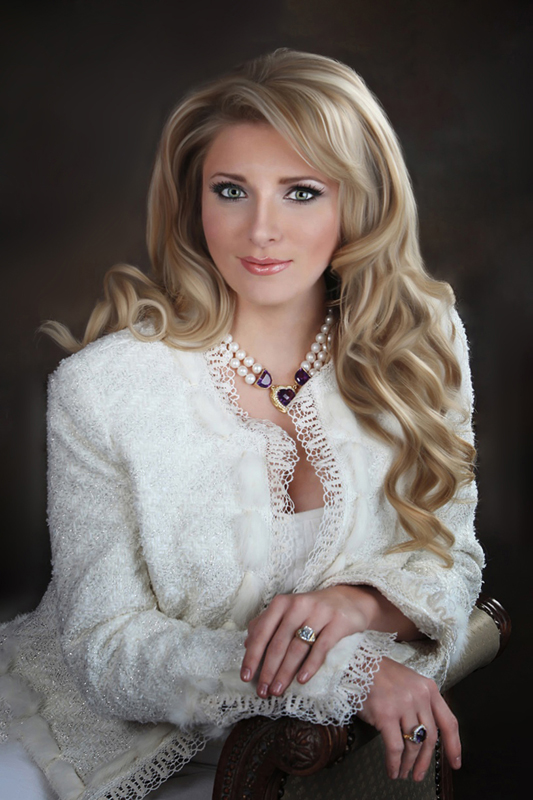 For over 40 years, I have been married to Canon. Currently I am shooting with an R5. When shooting in the studio, I use my 24-70 mm due the limitations of space. When working outside, I love to shoot wide open, 2.8 at 200 mm with my Canon RF 70-200 2.8 lens. But I can say, I have my eye on the new RF 135 1.8. I aim to position the subject at a distance from the background to achieve a blurred background effect, enhancing the impact of the bokeh.
For over 40 years, I have been married to Canon. Currently I am shooting with an R5. When shooting in the studio, I use my 24-70 mm due the limitations of space. When working outside, I love to shoot wide open, 2.8 at 200 mm with my Canon RF 70-200 2.8 lens. But I can say, I have my eye on the new RF 135 1.8. I aim to position the subject at a distance from the background to achieve a blurred background effect, enhancing the impact of the bokeh.
I also work outside with a single Godox speed light and a small soft box and normally try to create at an hour before dusk. I have an assistant who has learned that if I take the subject’s nose to the right, he should move the light with the nose. I shoot into the sun so the back of the client is lighted.
After each session, I upload my raw images to Lightroom and make my adjustments such as bringing up the blacks and bringing down the highlights. I use Lightroom to cull and decide what I want to show the client. In Photoshop, I will add a bit of skin softening and an ever so slight vignette. I use several actions that I have built that help with the eyes and skin tones.
At the 2023 Texas School of Professional Photography, I took Shannon Squires’ class and learned so much from her retouching techniques, some of which I turned into actions to trim down retouching time. When retouching, my goal is to keep the image true to itself and not over retouch… a habit I have been accused of in the past. If the portrait is created outside, I sometimes add a bit of tonal contrast to trees and backgrounds to give the image a bit of impact.
For 20 years, I have been a member of PPA. During that time, I have attended Texas School 11 times and can tell you that competing and having people critique my work has increased my level immensely. There is a long way to go but, without my Texas PPA family, it would be a longer journey. My inspiration has come from such talented photographers as Tim Walden, Elizabeth Homan, Shannon Squires, Kimberly Smith, William Branson, and Tony Corbell. I strive to keep up with continuing education and watch You Tube videos, always implementing what I have learned.
Getting people through the door of your studio can be a challenge for any photographer. Things that have worked for me in the past include repeat clients and referrals, charity auctions, and social media. But one very effective way to attract customers is to focus on building relationships with your existing clients.
Offer rewards for clients who refer their friends and family to your studio. Happy customers can be your best promoters, spreading the word about your business. Along with this, always ask for Google Reviews and Yelp reviews. I have a postcard already made up to say ‘thank you’ for their order on one side and a QR code to our Google Review page on the other.
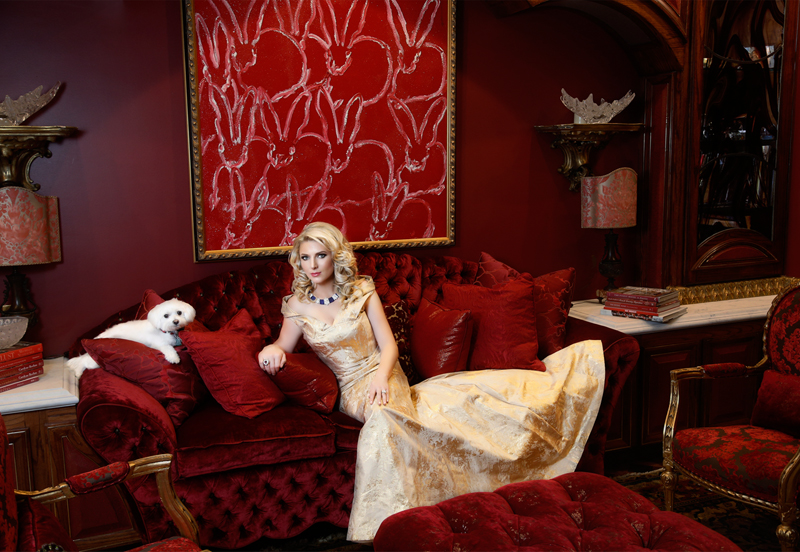
Participating in charity auctions is another great marketing strategy. Donate a portrait package to a local charity event. This not only helps a good cause but also exposes your studio to a wider audience. People who win your donation at the auction will become new clients and even repeat customers in the future.
Don’t underestimate the power of social media. Use platforms like Instagram, Facebook, and Twitter to showcase your work. Share engaging content like behind-the-scenes videos, client testimonials, and beautiful portraits. Encourage your clients to tag and share their portraits, reaching a larger audience. Engage with your followers by responding to comments. Building a sense of community and excitement around your studio can help attract more customers.
Environment and atmosphere play a major role in marketing your work. When you walk thru the door of Dos Kiwis Studio, you are met with three 60×40 framed portraits of clients. The middle portrait of a man is flanked by portraits of women on each side. They are upper body shots and my clients cannot say they have neither room on the walls or that they want an 8×10 portrait on the wall.
As the client advances to the sales room, they see mostly 30x40s and a few 16x24s on the wall. However, there is an 11×14 on the wall as well for comparison. When they see the smaller image next to a 30×40, they quickly decide on a larger image. When showing images to clients, I project on to an 8 foot by 10 foot screen. Serving wine and snacks elevates the experience.
Last week, a repeat client told me, “No Dane, we are not having wine. That wine could cost me an extra $1000.” Since we do all production of wall portraits and frames in house, I have sizes that are less popular than 11×14 and 16×20. Our 12×18 and 16×24 almost always gets us the frame sale. Sizes like 12x18s do not sit on the shelf of Hobby Lobby. They would be a custom order and, most likely, more expensive than my frames. I explain how we are the manufacturer and therefore pass on the savings to them.
I never oversell a client more than they need. I remind them of loved ones that might need a portrait or if there are smaller versions needed for parents or children or dad’s office but we are successful enough to not make them leave with regret.
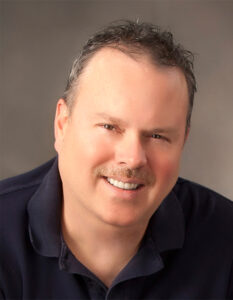 Dane Miller, of San Antonio, Texas, learned the art of photography the old-school way during his time at Fox Photo. For the last 20 years, he has owned Dos Kiwis Studio where he has captured beautiful moments for his clients. Through his dedication and passion, Dane has achieved several milestones, including the titles of PPA Master Photographer, PPA Craftsman, and CPP certification. While specializing in boudoir and portrait photography, he also owns a wholesale print and frame business with business associate, David Martinez. Dane is a two time President of the Professional Photographers of San Antonio. Dane draws much of his inspiration from legendary photographers like Francesco Scavullo, George Hurrell, and Man Ray and continues his quest for continued growth as an artist while empowering others to explore their own creativity.
Dane Miller, of San Antonio, Texas, learned the art of photography the old-school way during his time at Fox Photo. For the last 20 years, he has owned Dos Kiwis Studio where he has captured beautiful moments for his clients. Through his dedication and passion, Dane has achieved several milestones, including the titles of PPA Master Photographer, PPA Craftsman, and CPP certification. While specializing in boudoir and portrait photography, he also owns a wholesale print and frame business with business associate, David Martinez. Dane is a two time President of the Professional Photographers of San Antonio. Dane draws much of his inspiration from legendary photographers like Francesco Scavullo, George Hurrell, and Man Ray and continues his quest for continued growth as an artist while empowering others to explore their own creativity.



